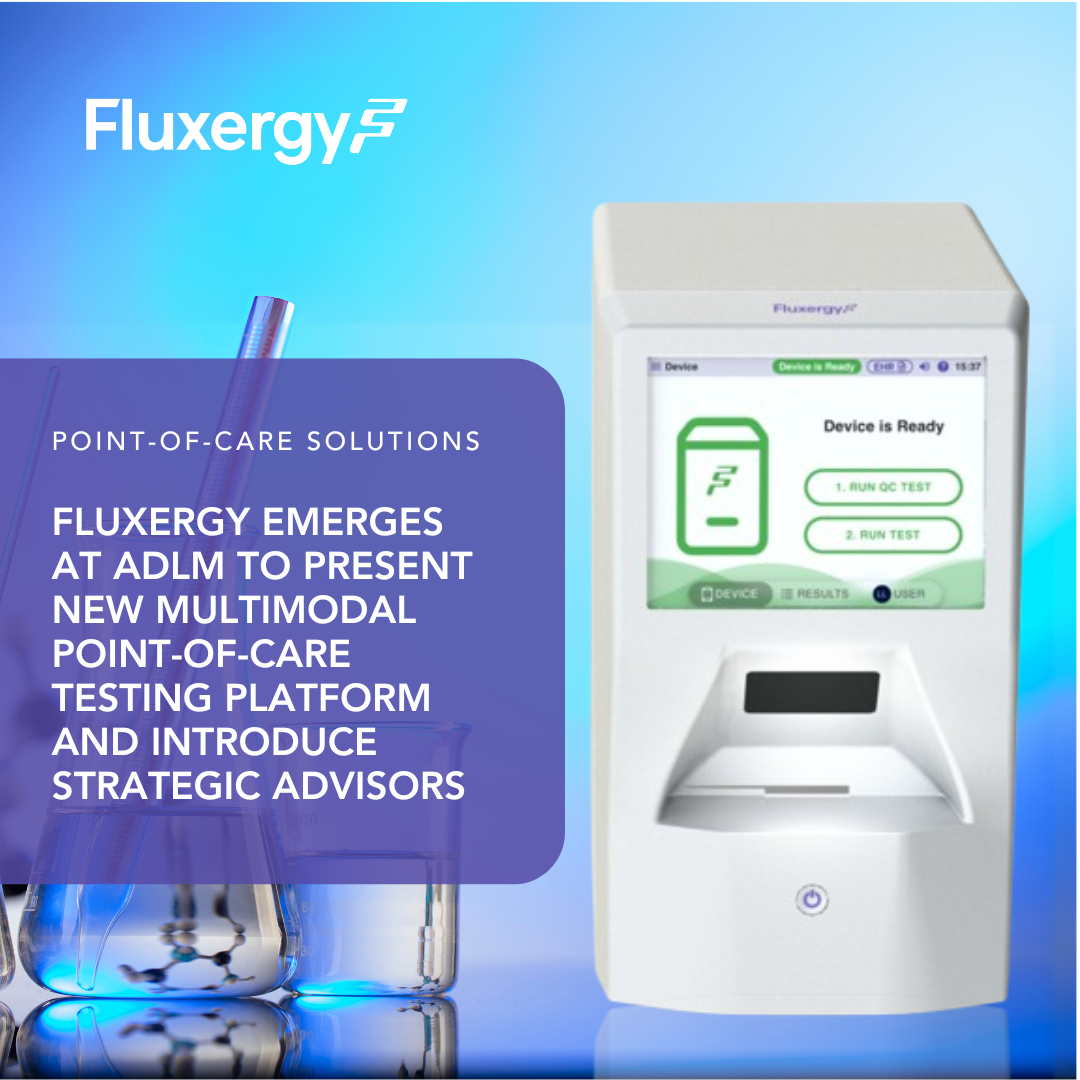
All dairy products must begin with safe, high quality raw milk. Due to milk’s high water content (87%), it is highly susceptible to tampering at the manufacturing level or through middlemen, and its nutritive value lends milk to being the ideal medium for bacterial growth. Thus, testing milk is critical to maintaining quality and ensuring the safety of the product. There is a wide range of tests that need to be conducted on raw milk before it can be cleared and sold; from Direct Microscopic Count (DMC) to environment monitoring, each test requires a different procedure, and thus, a separate device to conduct the test.

With a somewhat limited shelf life, it is ideal to complete these tests as quickly as possible. Because not all tests can be performed on-site, nor can they be performed concurrently, testing can be time-consuming and costly. To address the shortcomings of current testing technology, Fluxergy is developing a low-cost dairy panel using a single device that can perform rapid tests on site.
Primary Tests
While exact testing procedures and protocols may vary from plant to plant, there is consensus that the most important and effective tests used in screening product are as follows: Direct Microscopic Count (DMC), Preliminary Incubation (PI-SPC) Count, taste and smell test, and storage temperature. DMC and PI-SPC both indicate the milk’s microbiological quality and can be used as indicators of sanitation. An antibiotic residue analysis must also be run to eliminate the possibility of finding any traces of antibiotics in the final product. Smelling the batch and safely tasting the batch (lab pasteurization and chilling the sample) are effective methods to quickly screen large quantities of milk. Finally, monitoring temperature is critical to ensuring milk quality. The legal maximum temperature of raw milk to 45°F, as storing milk at a temperature above 45°F will decrease shelf life and increase spoilage risk.
Compositional Tests
The composition of the raw milk must also be tested to assess quality and safety. Cryscope testing can be used to verify that additional water has not be added to the raw milk. Testing the composition of butterfat, total solids, and proteins is used to control the fat content and meet industry identity standards. The presence of aflatoxins, coliforms, and psychotropic thermoduric bacteria are also tested to eliminate any hazards in the milk.
Environmental Monitoring
Testing and properly sanitizing both equipment and facilities is critical to minimizing product contamination. Conducting tests for coliforms, allergens, Salmonella or Listeria (depending on whether products are wet or dry), yeast, and mold is crucial in ensuring product safety and quality. While environmental testing can be extremely useful, it can also be expensive, so it is up to each facility to determine which array of tests that they will conduct. Ultimately, it is Fluxergy’s goal to make these tests as affordable and accessible as possible while providing accurate and rapid results.





